Driving east from Seattle, you’ll spot giant turbines standing proudly on the ridges of the Cascades, slowly rotating and facing you. We are often captivated by these monumental human creations—skyscrapers, cruise ships, airplanes. They are designed not only for utility but also to inspire awe.

Beyond the natural beauty, central Washington boasts a range of destinations worth visiting. Sadly, the Hanford Site, once open for tours, no longer offers onsite visits. So, be sure to explore these places while you still can.
Google Map Link: https://maps.app.goo.gl/XgxP69QT47VEDE1J8.
This time, I organized a day trip concatenating two major tours covering the Wild Horse Renewable Energy Center to touch the turbines and the LIGO Hanford Observatory to learn about the physics and universe. Besides these two spots, a cultural stop over (Mattawa Flea Market) was inserted as a lunch break and two extra tiny stops (gravity hill and teapot dome) to add some extra fun and lift our spirits as we make our way back.
This time, I’ve planned a day trip featuring two major tours: the Wild Horse Renewable Energy Center, where we’ll get up close to the turbines, and the LIGO Hanford Observatory, for an immersive experience in physics and the universe. In addition to these main attractions, I’ve included a cultural stop at the Mattawa Flea Market for a lunch break, plus two fun mini stops — the Gravity Hill in Prosser and the Teapot Dome in Zillah — to add a touch of excitement and lift our spirits as we head back.
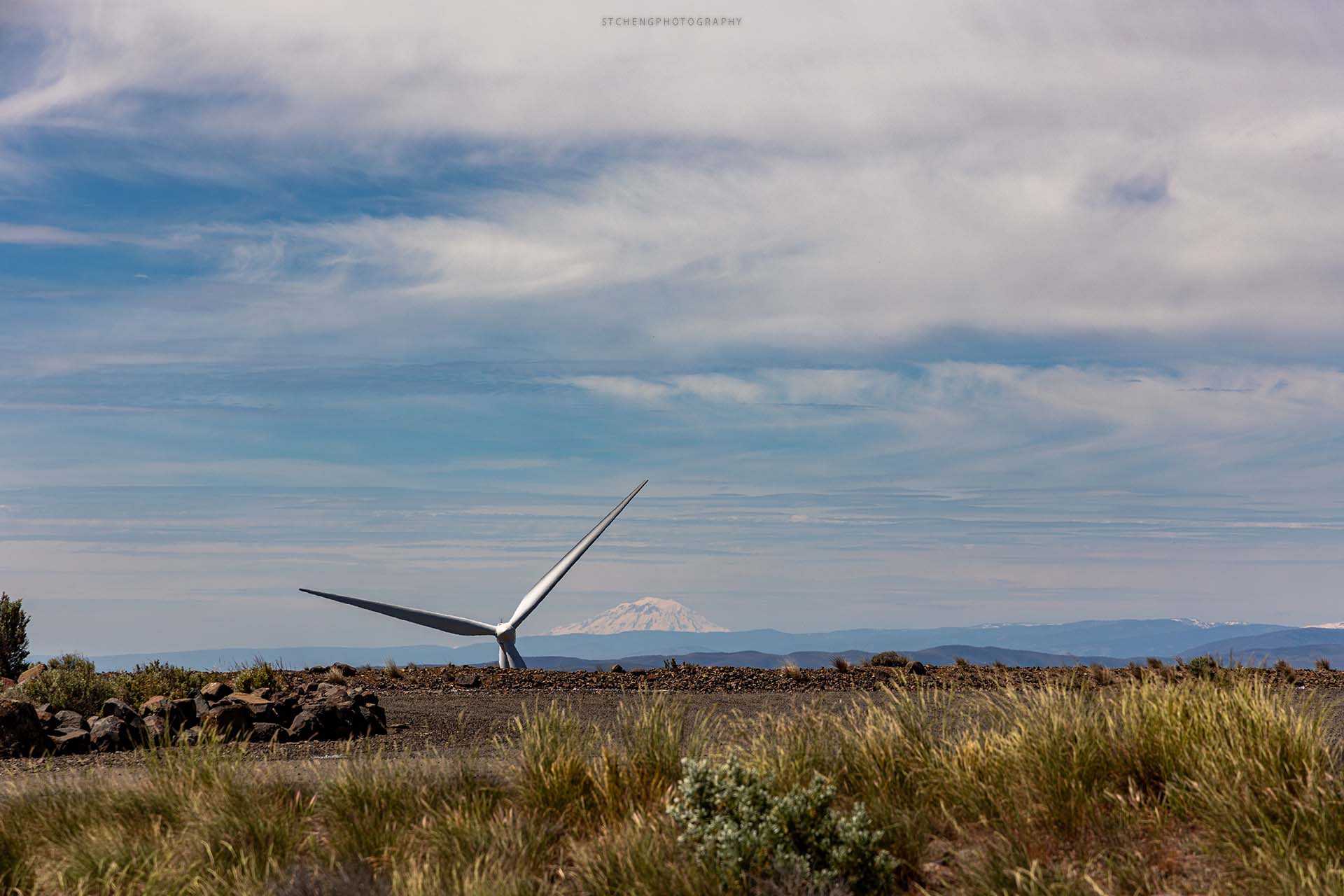 |
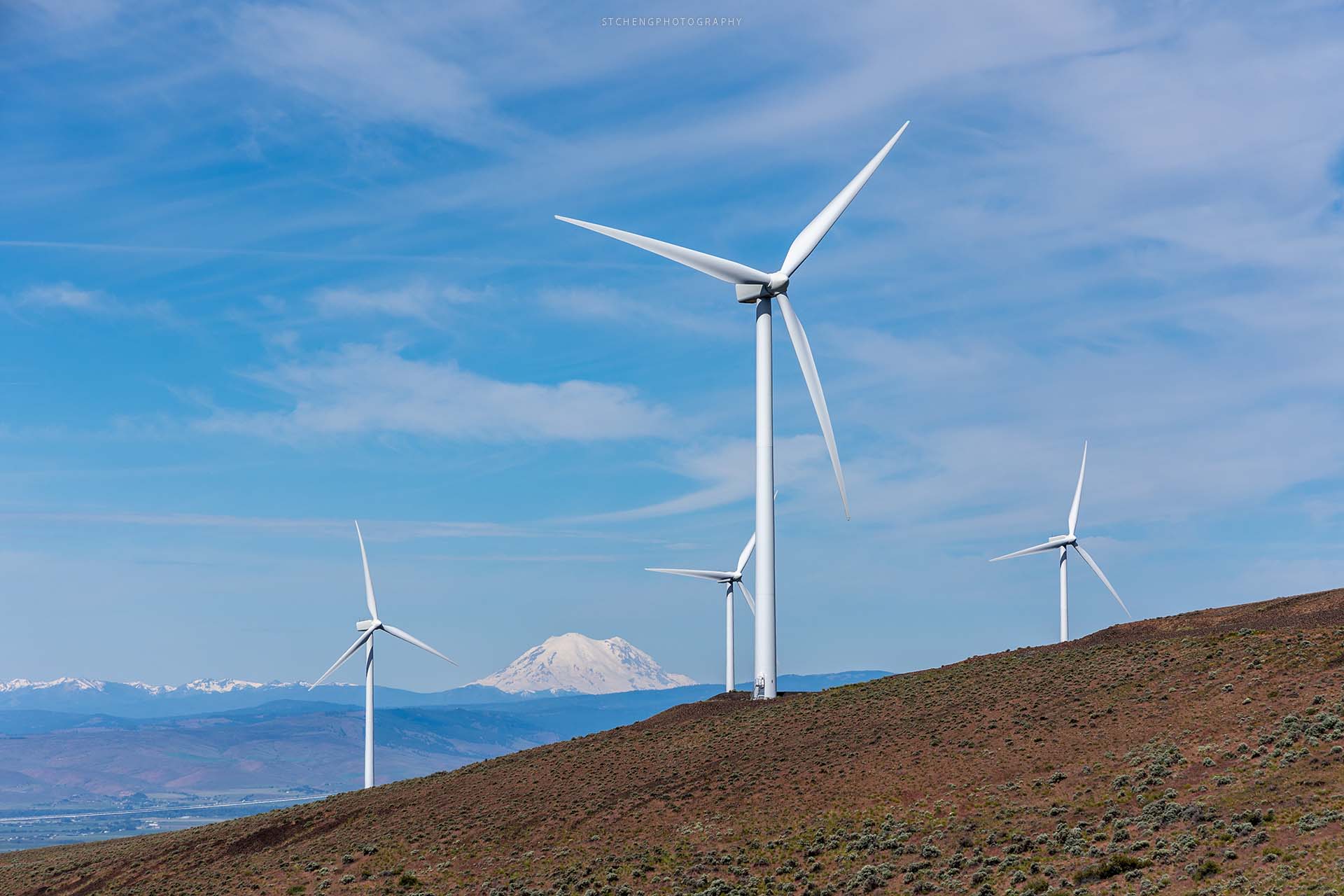 |
The Wild Horse Renewable Energy Center offered a captivating one-hour tour. It covered the project’s history and planning, provided an up-close view of a turbine blade lying on the ground, and showcased a power generator. The highlight was stepping inside a massive turbine. Standing directly beneath it, I watched as the enormous three-armed giant sliced through the air, producing a high-pitched scream as it tore through the wind. Once inside the towering steel structure, the operator pressed a single button to calm the beast, and its movements halted. We explored the hollow interior, discovering how it harnesses wind power, transforms it into electricity, and transmits energy back to the grid.
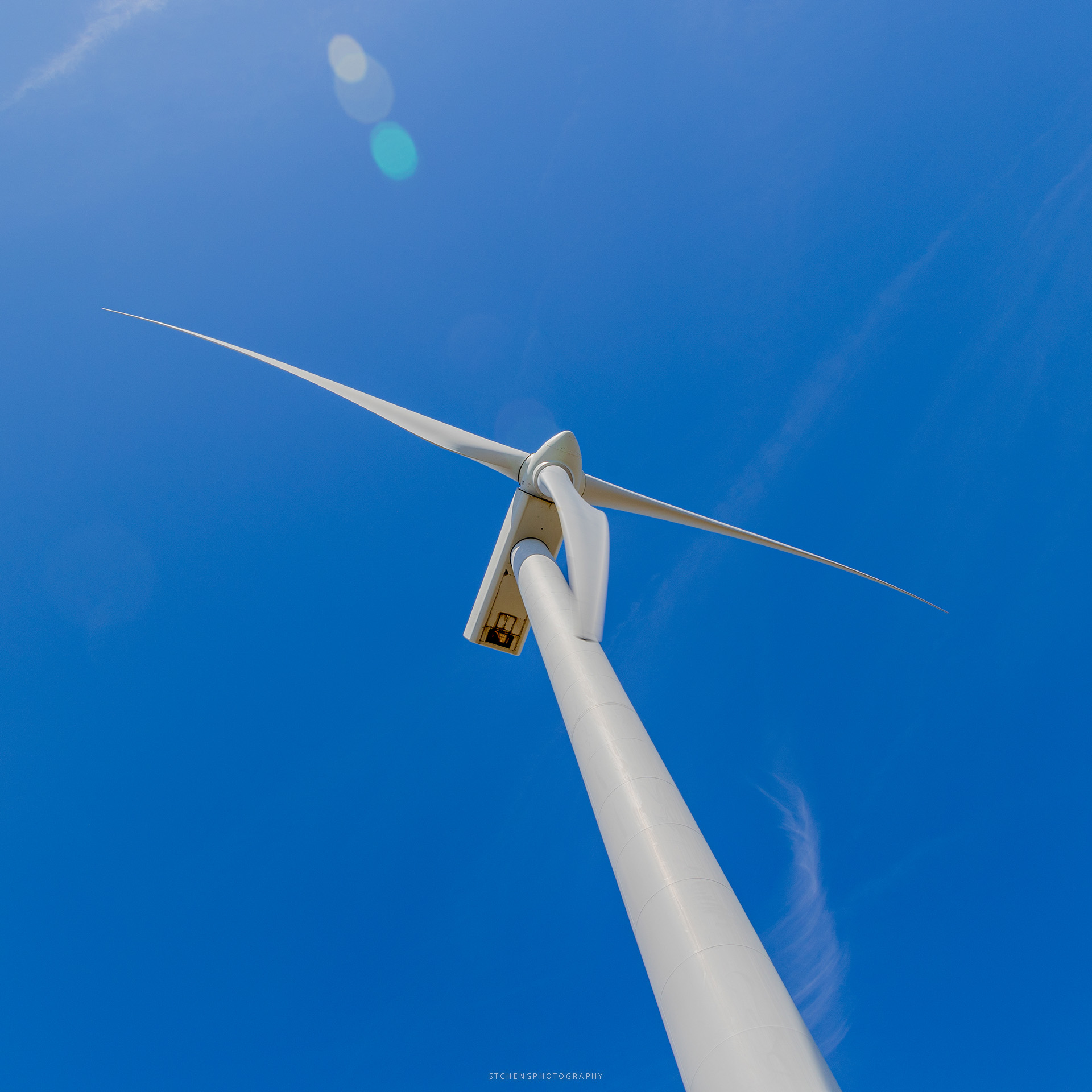 |
 |
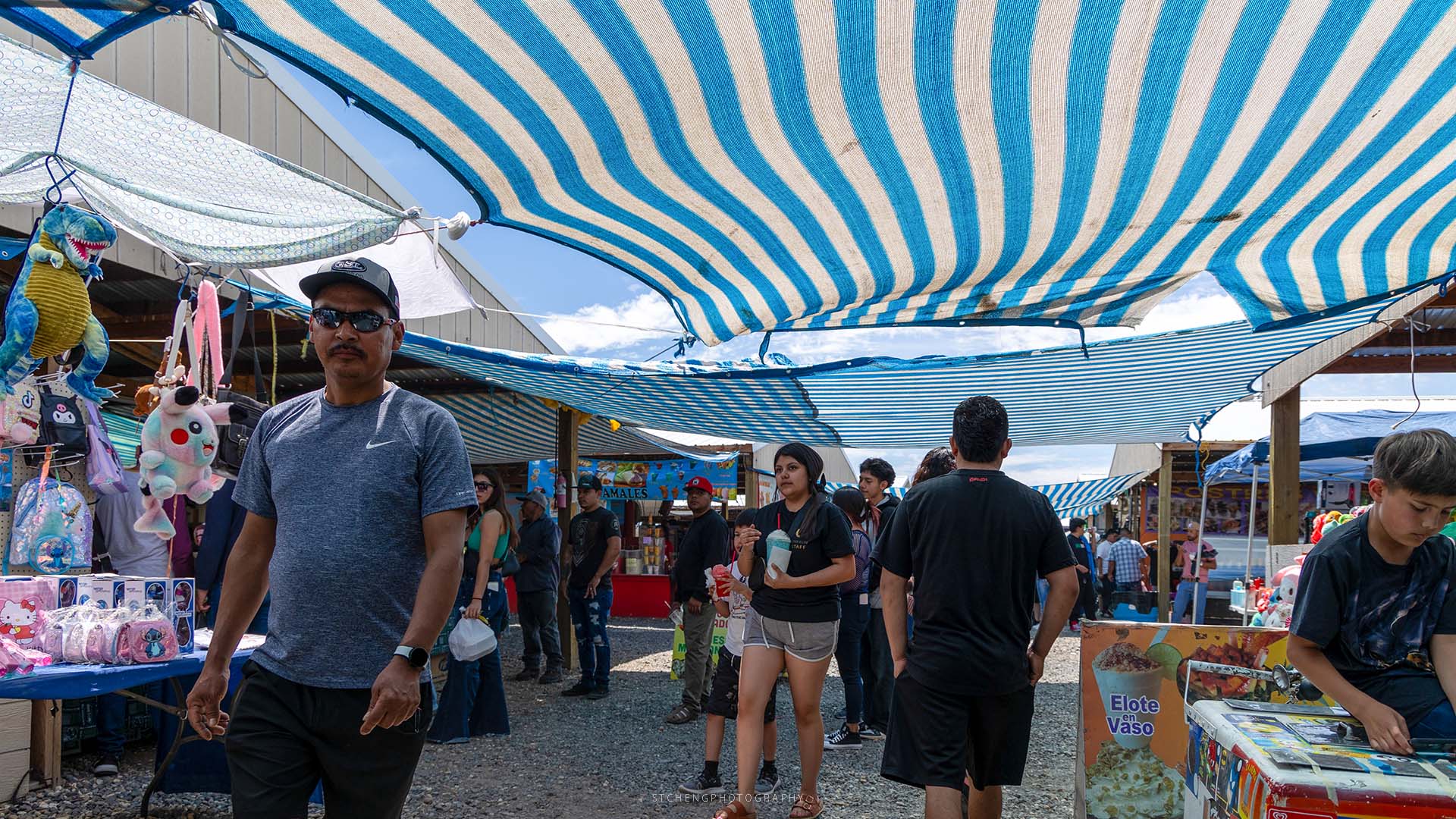 |
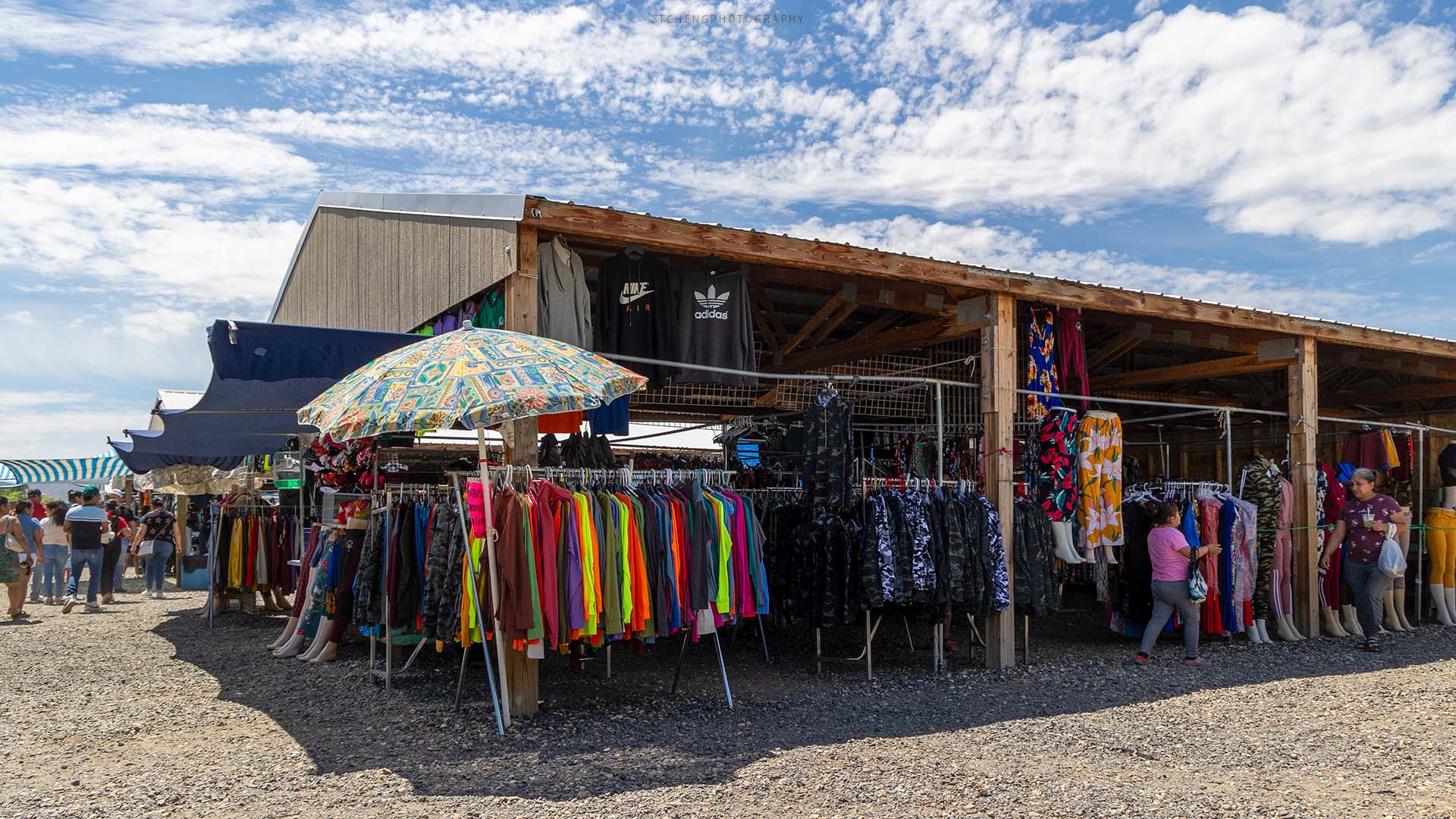 |
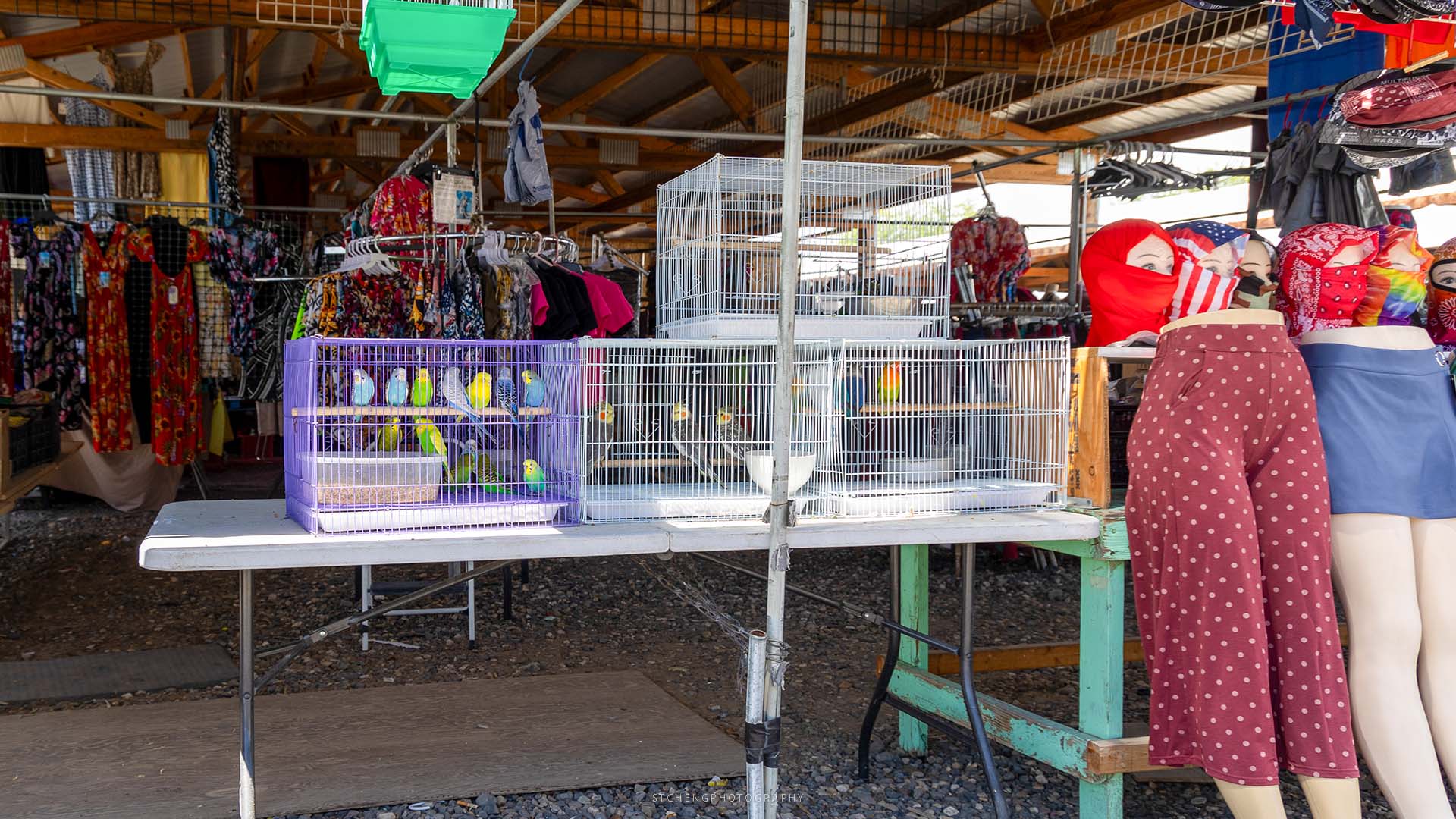 |
Midway between the energy center and the observatory, we made a stop in the city of Mattawa — a vibrant community with a predominantly Latino population. As soon as we entered the flea market, it felt as though we had stepped straight into Mexico, with its bustling atmosphere and stalls selling everything imaginable. The food was wonderfully authentic, untouched by American influences, and we didn’t see a single English sign! We enjoyed delicious meat soup and tacos, both incredibly flavorful. It was a shame that time was tight, as our next scheduled tour at the LIGO Hanford Observatory was about to begin.
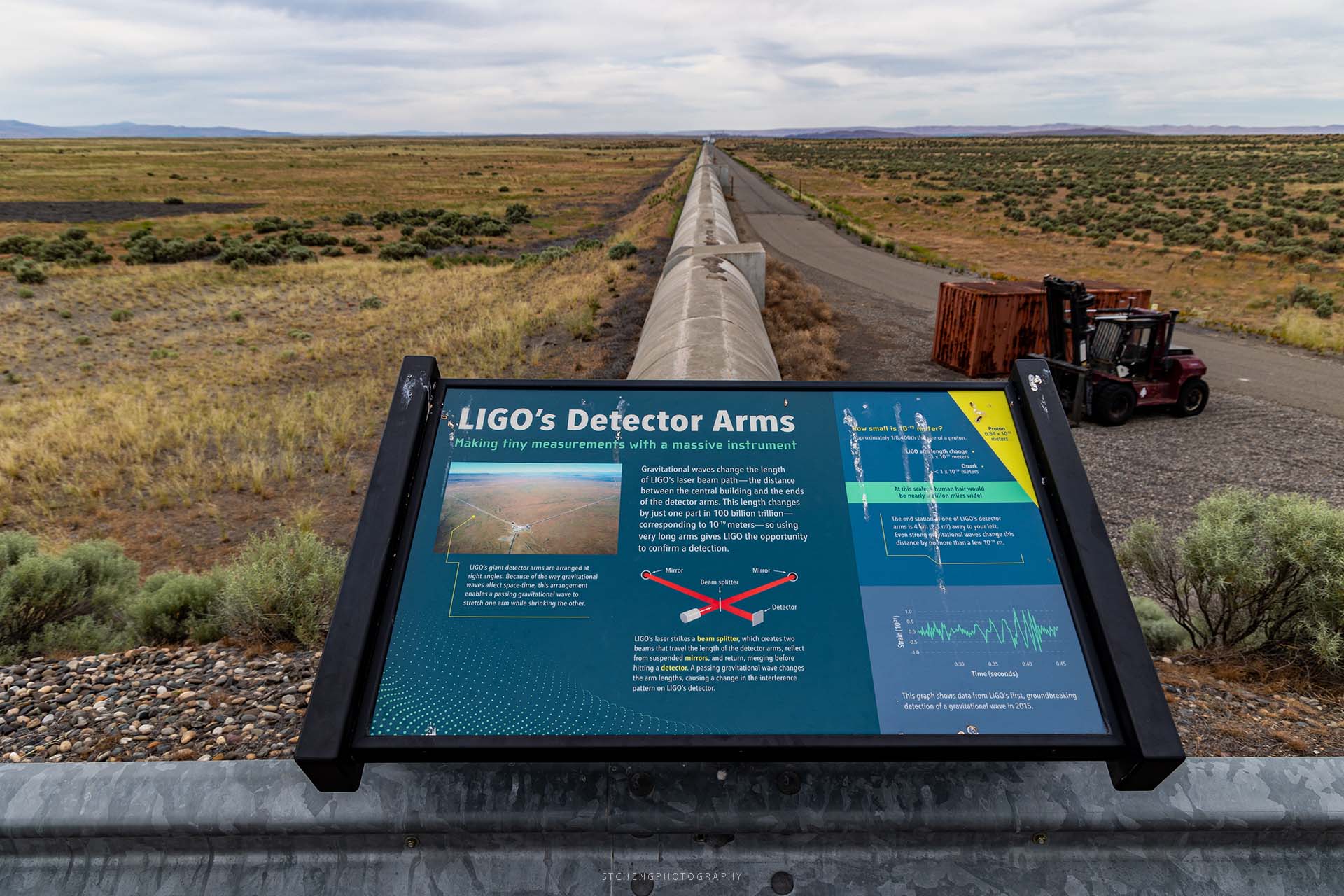
This site gained fame after 2016, when the research team announced their groundbreaking evidence of detecting gravitational waves. The first part of the tour felt more like a classroom session. I was surprised to see over 30 attendees gathered in a room, where we listened as a scientist/engineer explained basic (to them) concepts about gravitational waves in an engaging and accessible way.
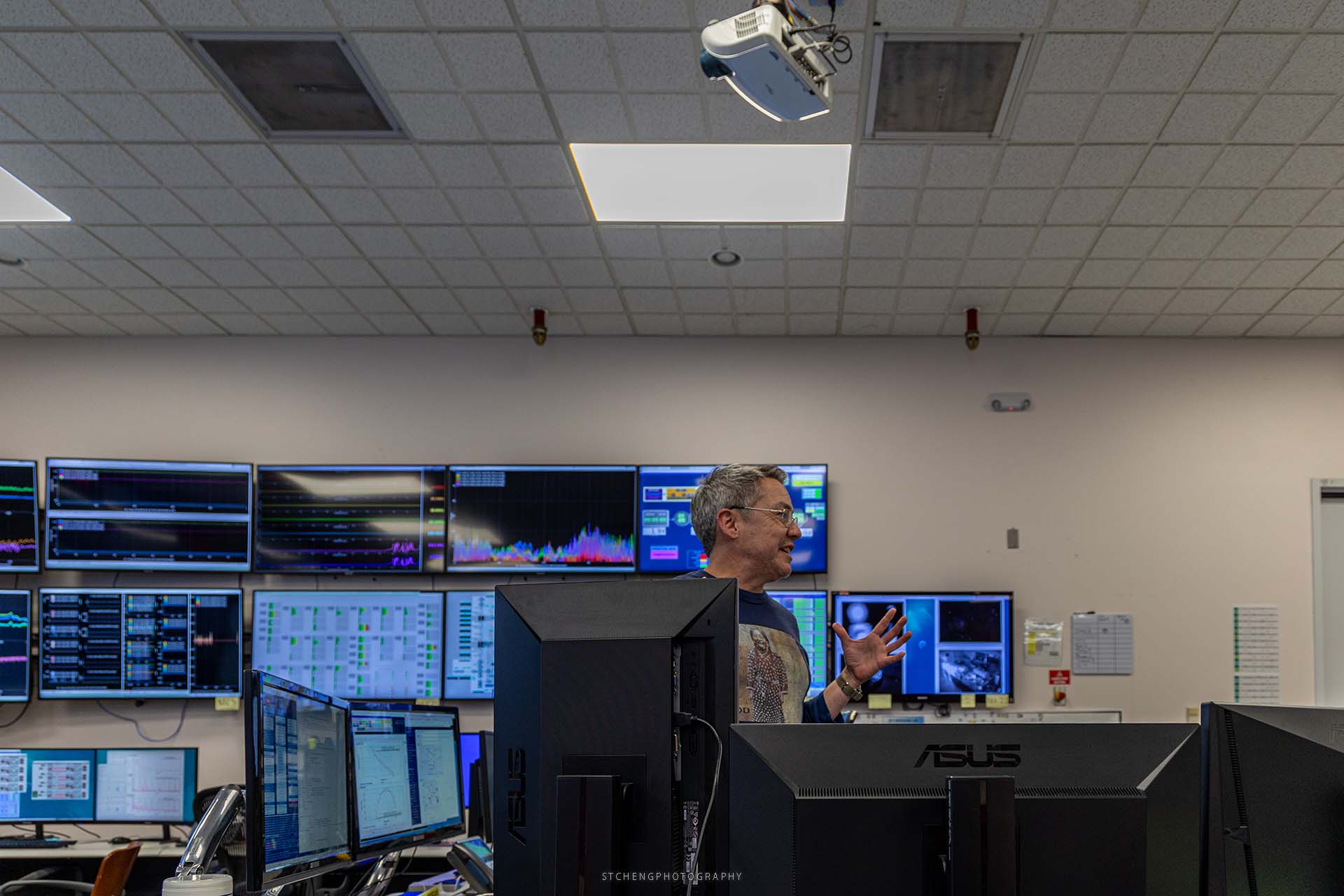 |
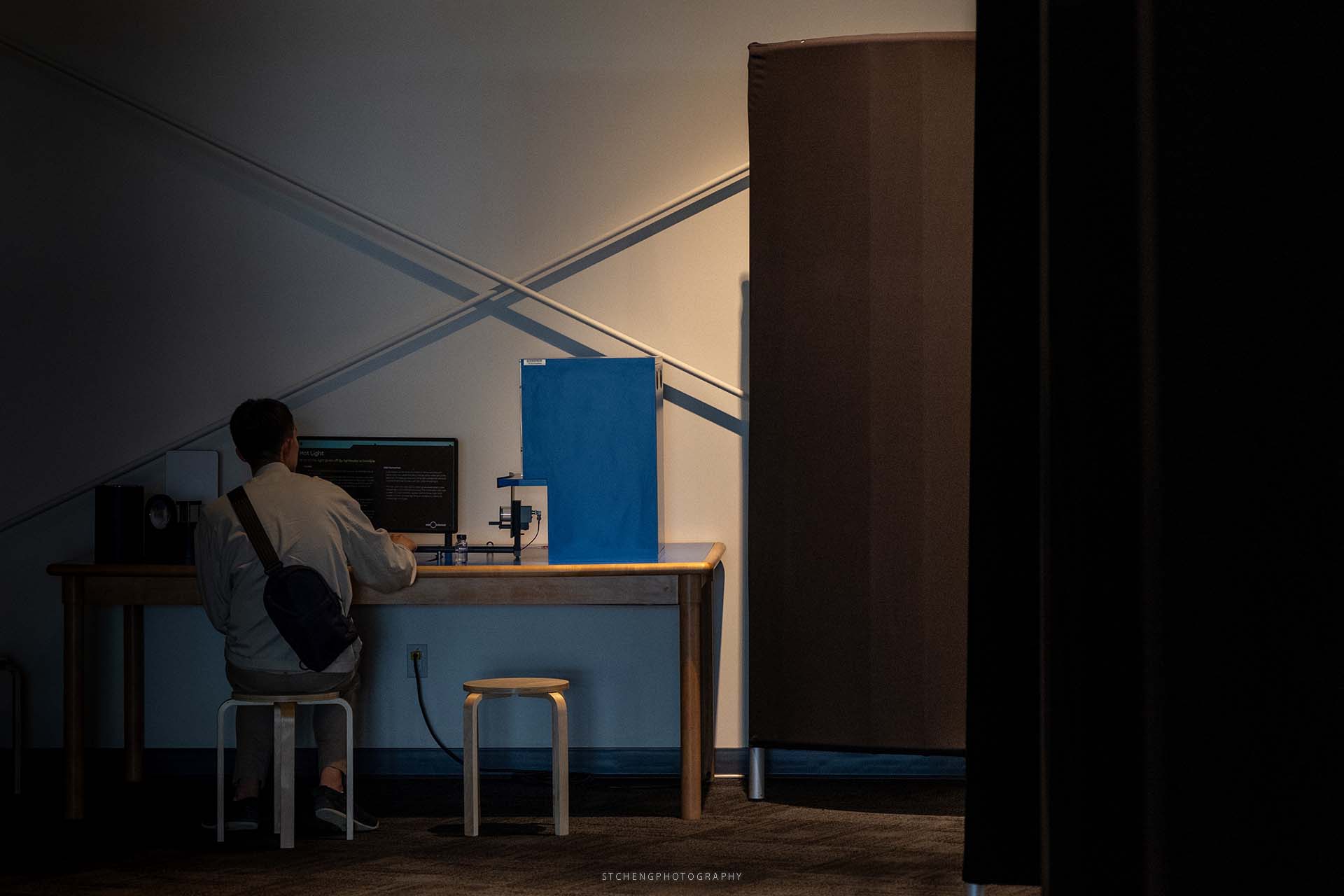 |
Next, we made our way to the operations room, where scientists work. The room was lined with monitors displaying various live metrics, and even on the weekend, on-site engineers were present to handle any emergencies. Our final stop was outside, where we marveled at the impressive laser interferometer arms—two 4-kilometer-long concrete channels housing vacuum pipes through which lasers travel. These massive structures stretched out in a perpendicular angle, disappearing into the horizon.
As an engineer myself, I deeply appreciated the art of engineering behind this project. Scientists had developed hypotheses based on observations and theoretical calculations, but proving them required engineers to design and construct the entire facility. This endeavor came with immense challenges: building 4-kilometer-long vacuum pipes, minimizing the effects of earthquakes and noise, and coordinating multiple observatories to capture faint cosmic signals simultaneously.
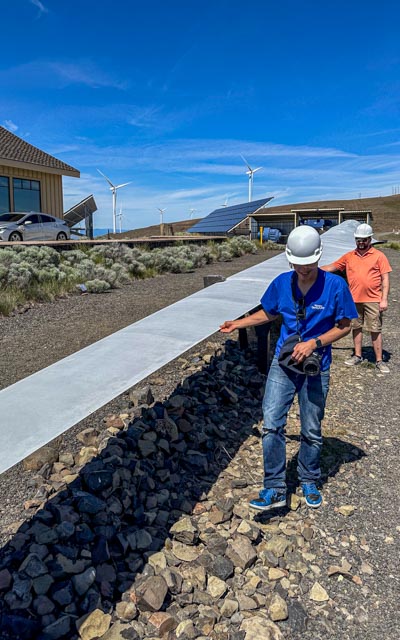 |
 |
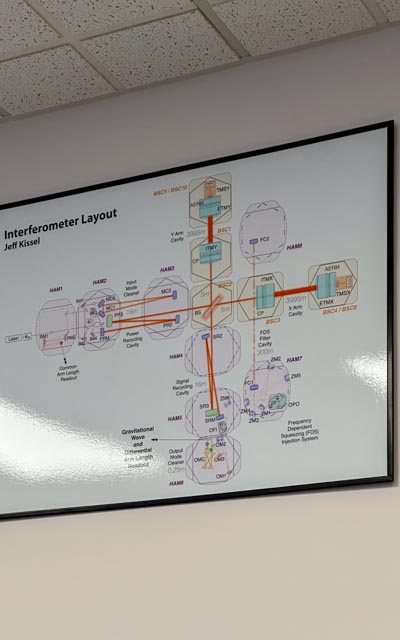 |
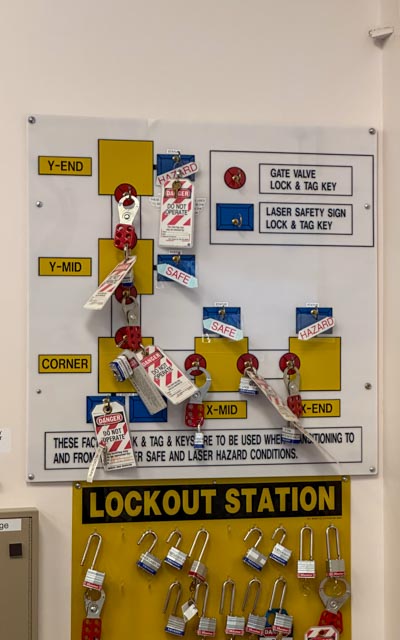 |
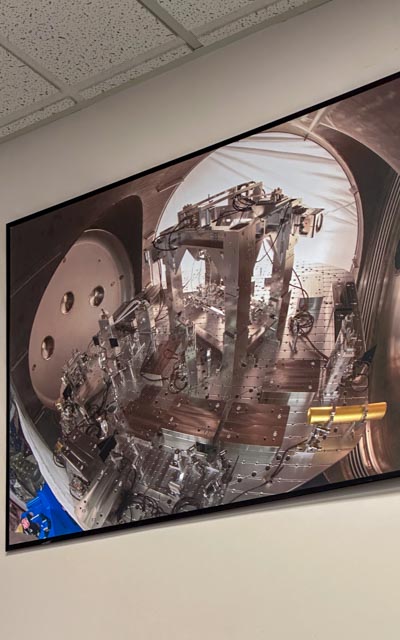 |
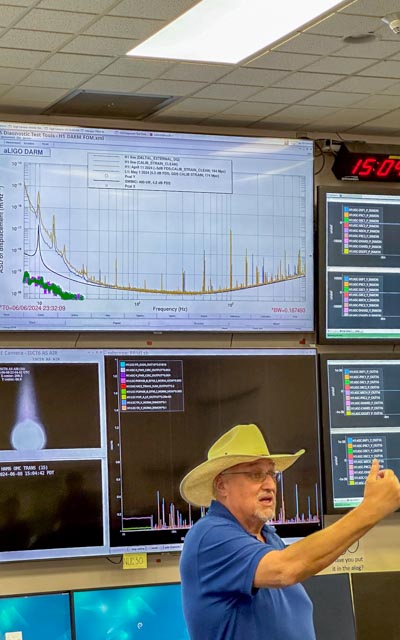 |
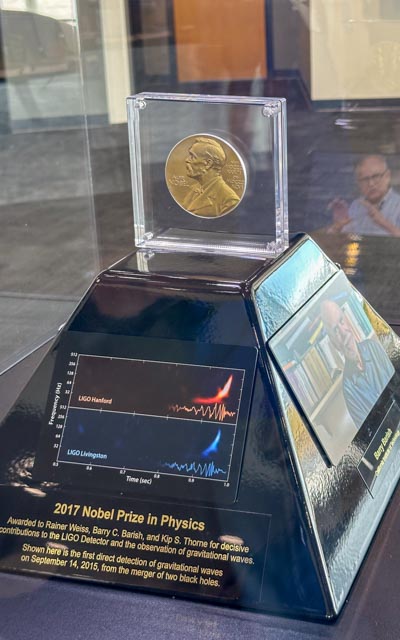 |
Unfortunately, it was getting late, and with some alternative plans in mind, we decided to skip the two side stops and head straight back home. However, I’ve marked these locations for future adventures, saving them for upcoming (WIKIP) trips.
Schedule
Eastgate Park & Ride @ 7:30 AM
Drive 2 hours
Wild Horse Renewable Energy Center [link] @ 9:30 AM
1 hour tour (10:00 AM - 11:00 AM)
Drive 45 min
Lunch @ Mattawa Flea Market [link] @ 11:45 AM
1 hour rest
Drive 45 min
LIGO Hanford Observatory [link] @ 1:30 PM
1 hour 30 min tour (1:30 PM - 3:00 PM)
Drive 45min
Gravity Hill Prosser [link] @ 3:45 PM
Explore 15 min
Drive 45min
Teapot Dome Service Station [link] @ 4:45 PM
Explore 15 min
Drive 2h30min
Eastgate Park & Ride @ 7:30 PM
 |